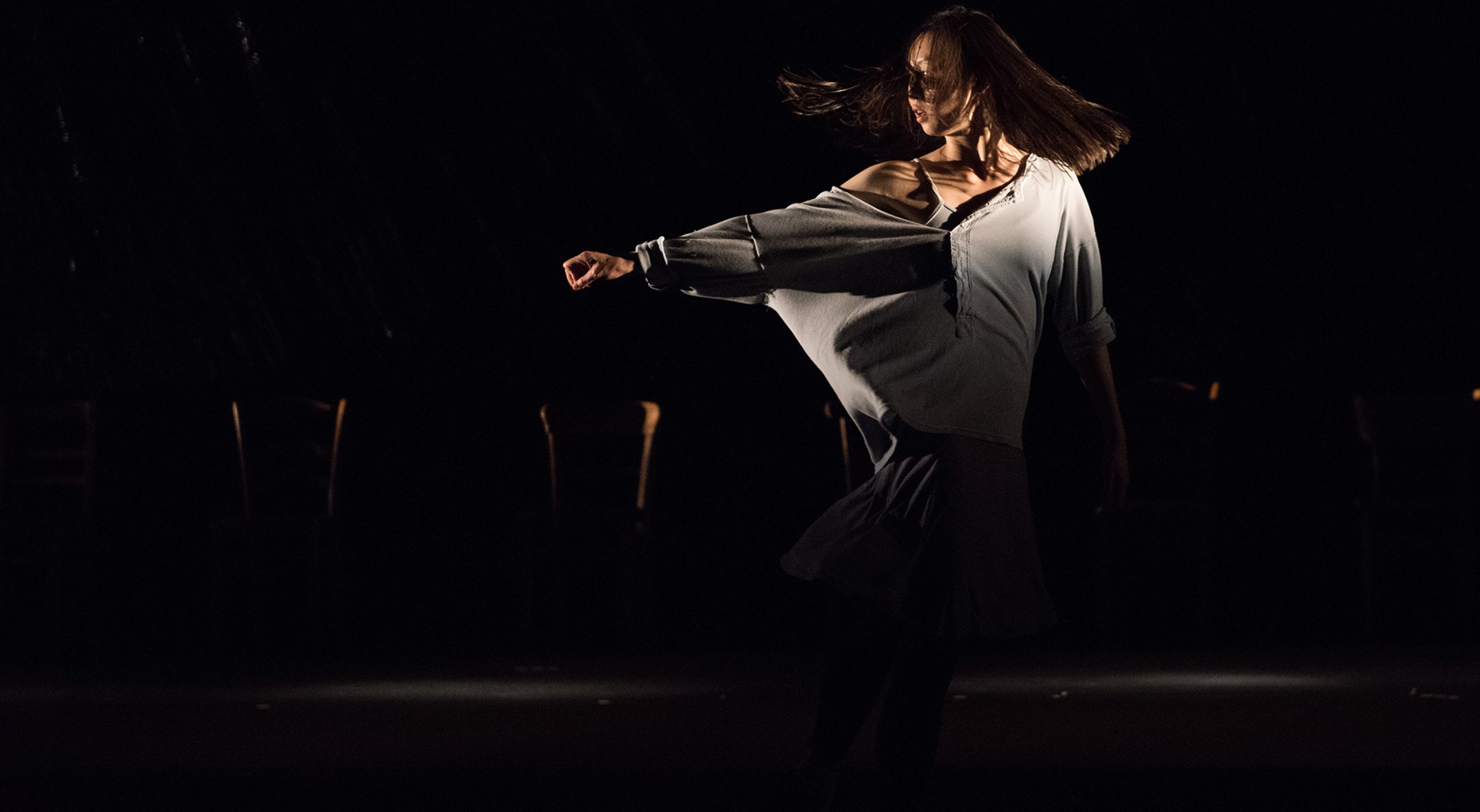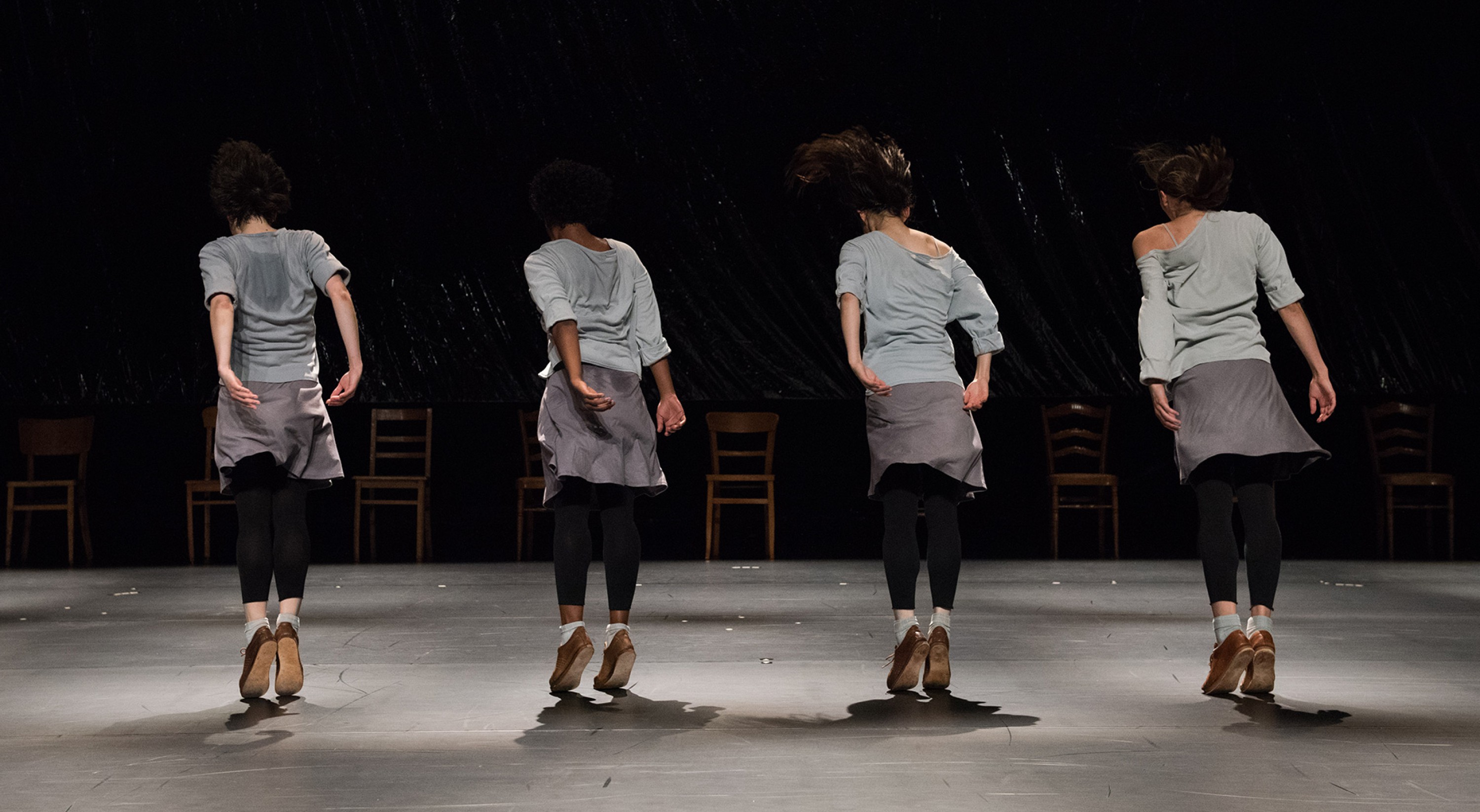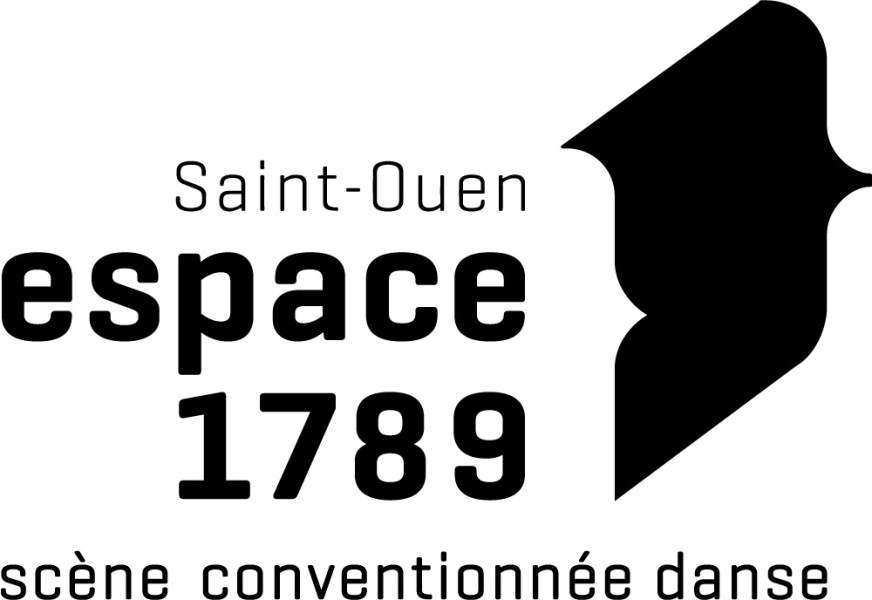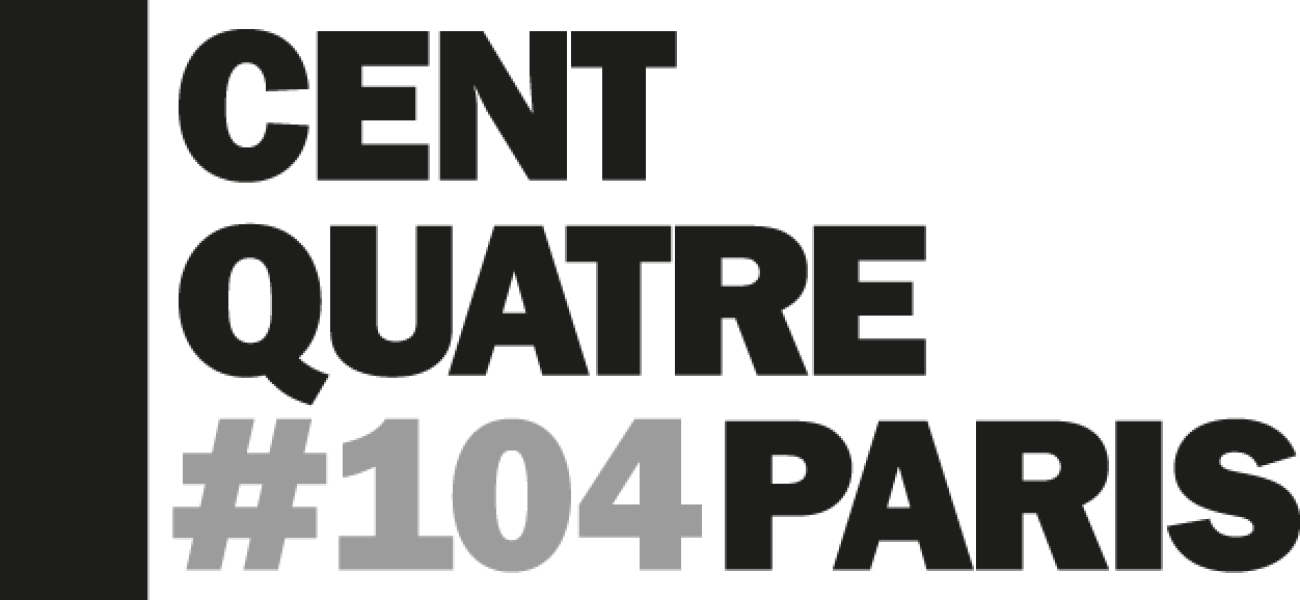Anne Teresa De Keersmaeker
Rosas danst Rosas
septembersept 28
septembersept 30
octoberoct 2
octoberoct 4
octoberoct 10 – 13
Choreography, Anne Teresa De Keersmaeker
Music, Thierry De Mey, Peter Vermeersch
With (alternately) Laura Bachman, Léa Dubois, Anika Edström Kawaji, Yuika Hashimoto, Laura Maria Poletti, Soa Ratsifandrihana
Lights, Rémon Fromont
Costumes, Rosas
Production (1983) Rosas ; Kaaitheater (Bruxelles)
Executive production for the Paris region tour by the Festival d’Automne à Paris
In coproduction with La Monnaie / De Munt (Brussels) ; Sadler’s Wells Theatre (London) ; Les Théâtres de la Ville de Luxembourg
In association with Théâtre du Fil de l’eau (Pantin) ; CND Centre national de la danse (Pantin) for performances at Théâtre du Fil de l’eau (Pantin) // In association with Le CENTQUATRE-PARIS ; Festival d’Automne à Paris for performances at CENTQUATRE-PARIS
First performed 6 May 1983 at La Balsamine (Brussels) at the Kaaitheaterfestival, with Anne Teresa De Keersmaeker, Adriana Borriello, Michèle Anne De Mey and Fumiyo Ikeda
The Fondation d’entreprise Hermès is the patron of the Anne Teresa De Keersmaeker Portrait.
In partnership with France Inter
Rosas danst Rosas, both fiery fugue and poignant counterpoint, is a manifesto-like piece which goes deeper into the principles laid down in Fase. On the frontier between the everyday and the abstract, the four female performers in this piece together gestures alternating between formal structure and intimacy, ardor and delicateness.
In 1983, Anne Teresa De Keersmaeker’s reputation on the international scene grew with Rosas danst Rosas, a show which went on to become a reference point in the history of postmodern dance. Rosas danst Rosas continues in the same minimalist vein as the one instigated in Fase (1982), its abstract movements providing the basis for a rich choreographic counterpoint dominated by repetition. The expressive vehemence of these movements is contradicted by the triviality of the minute everyday gestures. Rosas danst Rosas is an essentially feminine work: four female dancers “dance themselves” without a single moment of respite. The obstinate nature of their efforts - to the point of exhaustion - brings sharp contrast with the choreography’s flawless formal structure. The rhythmic loops provided by Thierry De Mey and Peter Vermeersch - a repetitive music which they termed as maximalist - were composed during the choreographic process. For the purposes of this revival, Rosas danst Rosas will be performed by an entirely new cast.
Running time: 1h35
In the same place




